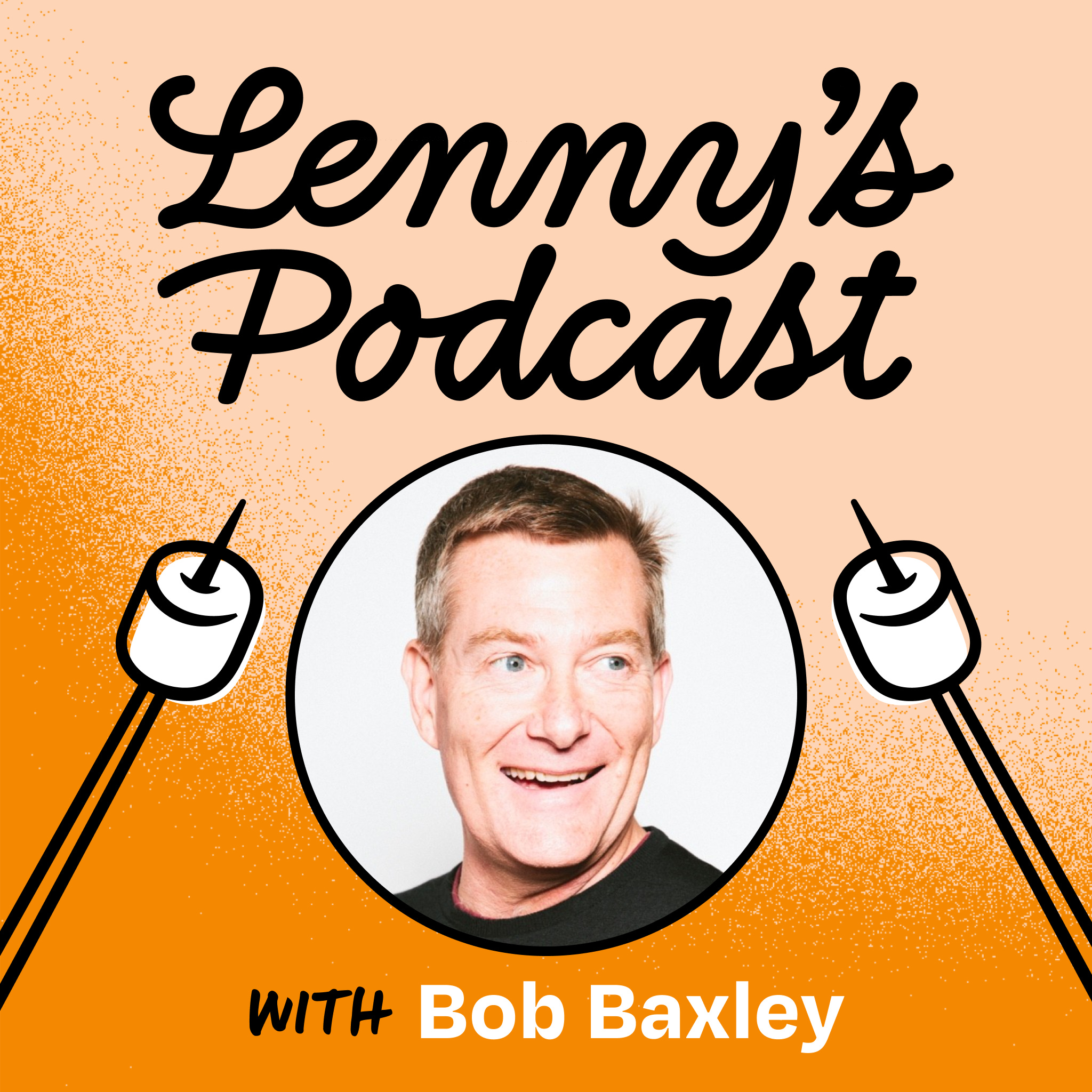
35 years of product design wisdom from Apple, Disney, Pinterest and beyond | Bob Baxley
🤖 AI Summary
Overview
Bob Baxley, a seasoned design leader, shares insights from his 35-year career shaping products at Apple, Pinterest, Yahoo, and ThoughtSpot. He explores the moral obligation of software makers, the importance of design tenets, the interplay between design and engineering, and the emotional impact of software as a creative medium.
Notable Quotes
- Design is trying to imagine the future you want to live in and then take the steps to make it real.
— Bob Baxley, on the essence of design.
- If you want to go fast, go alone. If you want to go far, go together.
— Bob Baxley, emphasizing the importance of collaboration in product teams.
- We have an obligation as product people to put that emotional energy back into people's lives.
— Bob Baxley, on the moral responsibility of software creators.
🛠️ The Role of Design in Organizations
- Design should report to engineering rather than product, as it ensures tighter integration and alignment with technical feasibility. Bob Baxley cites Apple's success under Steve Jobs, where design was part of engineering.
- Design is not just about aesthetics but a mindset that drives organizational alignment, vision, and strategy.
- Companies that truly value design embed it in their DNA from the start. Attempting to graft design onto an organization later rarely succeeds.
🎨 Design Tenets vs. Principles
- Bob Baxley advocates for design tenets over principles, as tenets are actionable decision-making tools. Examples include:
- Documentation is a failure state
— Simplify software so users don’t need manuals.
- Start simple; let users opt into complexity
— Tailor interfaces for mere mortals, not just power users.
- The product should feel like it came from a single mind
— Combat fragmentation in enterprise software.
- Tenets help resolve recurring debates and ensure clarity across teams.
🚀 Championing Radical Ideas
- The story of John Houbolt, who championed the lunar orbit rendezvous method for the Apollo moon landing, illustrates the importance of advocating for bold ideas despite resistance.
- Ideas need time, patience, and champions willing to risk their careers to push them forward. Bob Baxley encourages designers and product leaders to focus on advocating for ideas, not themselves.
💻 Software as a Medium
- Software is a creative medium akin to film or music, capable of eliciting emotional responses. Bob Baxley urges creators to consciously design for the emotions they want users to feel.
- Observing people interact with software in real-world settings (e.g., self-checkout kiosks or mobile apps) can help designers develop intuition and empathy for users.
- The emotional impact of software is often overlooked, yet it shapes how users perceive and engage with digital products.
⏳ Counterintuitive Design Practices
- Delay drawing or prototyping as long as possible to avoid prematurely narrowing possibilities. Early visualizations can anchor teams to suboptimal ideas.
- Focus on conceptual clarity before moving to high-resolution designs. Tools like block frame diagrams can help teams refine ideas without distractions from visual details.
- AI prototyping tools are valuable for production but can risk stifling creativity if used too early in the design process.
AI-generated content may not be accurate or complete and should not be relied upon as a sole source of truth.
📋 Episode Description
Bob Baxley is a design leader who has shaped products used by billions at Apple, Pinterest, Yahoo, and ThoughtSpot. During his eight years at Apple, he led design for the online store and the App Store, and witnessed the iPhone’s transformative launch while working under Steve Jobs. A student of history turned software craftsman, Bob discovered his calling after exploring photography, filmmaking, and music, ultimately recognizing software as the most powerful creative medium of our time. Bob champions the moral obligation designers have to reduce frustration in people’s daily digital interactions.
What you’ll learn:
• Why design should report to engineering, not product
• The “Beatles principle”—why the best products come from teams of 4 to 6, not 40 to 60
• How to create design tenets vs. principles (with real examples)
• The counterintuitive reason to delay drawing or prototyping as long as possible
• Why software is fundamentally a medium, like film or music (not just a tool)
• Why Bob “bounced off the culture” at Pinterest, and lessons from failure
• The lunar landing story that teaches us about championing radical ideas
• How to evaluate if a company truly values design before joining
• The moral obligation of software makers to build great products
—
This entire episode is brought to you by Stripe—helping companies of all sizes grow revenue.
—
Where to find Bob Baxley:
• Instagram: https://www.instagram.com/baxley/
• LinkedIn: https://www.linkedin.com/in/bbaxley/
• Website: http://www.bobbaxley.com/
—
Where to find Lenny:
• Newsletter: https://www.lennysnewsletter.com
• X: https://twitter.com/lennysan
• LinkedIn: https://www.linkedin.com/in/lennyrachitsky/
—
In this episode, we cover:
(00:00) Introduction to Bob Baxley
(03:52) Apple's lasting culture
(06:15) Navigating unique company cultures
(13:19) Finding a company that truly values your role
(15:46) What is design?
(17:17) How to help founders understand the value of design
(23:08) How to align product managers and designers
(26:31) Design reporting to engineering
(30:54) Integrating engineers early in the design process
(33:43) The maker mindset
(35:14) Challenging the assumption that design is time-intensive
(38:04) Design tenet
